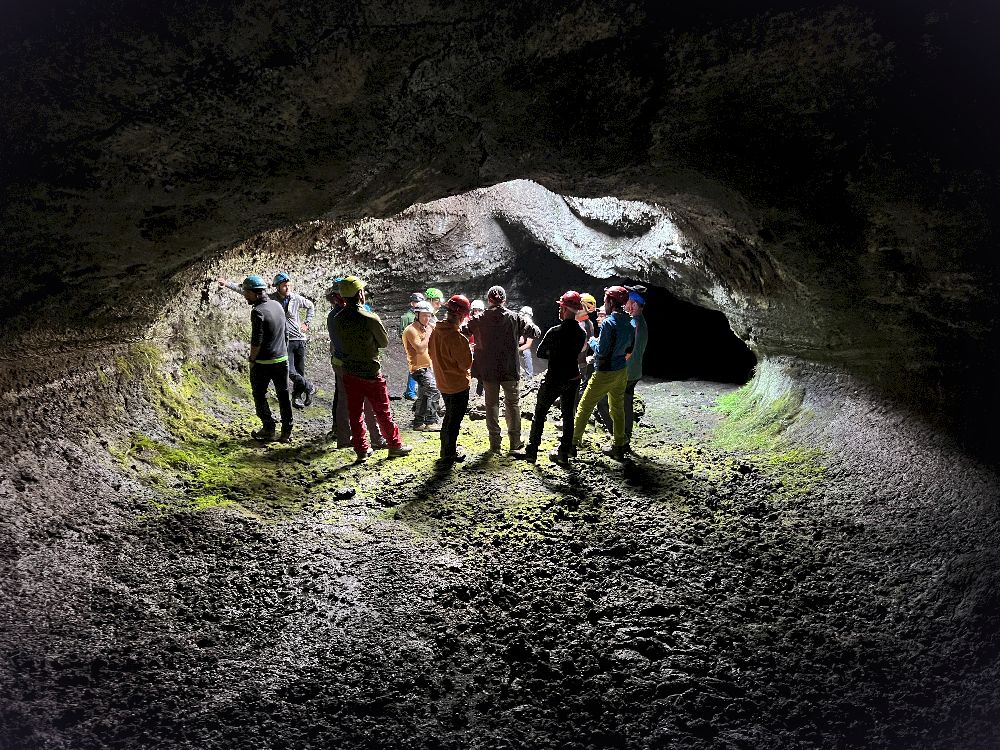Beyond the iconic craters and lava flows, Mount Etna holds a hidden underground treasure: lava tubes and volcanic caves. These natural tunnels, carved out by flowing lava, are a striking testament to the volcano’s history and activity.
What are lava caves?
Lava caves are created during effusive eruptions. As the outer part of a lava flow cools and solidifies, the interior continues to flow. Once the molten lava drains away, it leaves behind an empty tunnel known as a lava tube.
Most notable caves on Etna
-
Grotta del Gelo: located at over 2,000 m altitude, it hosts one of the southernmost glaciers in Europe.
-
Grotta dei Lamponi: among the longest on Etna, over 600 meters.
-
Grotta di Serracozzo: known for its spectacular lighting and accessibility via scenic trails.
-
Other caves like Grotta Cassone or Grotta delle Palombe are popular stops on guided tours.
Why explore them?
These caves reveal important aspects of Etna’s geology and have also served as shelters or snow storage sites in the past. Some contain unique endemic species and offer a fascinating perspective on the volcano's interaction with humans.
Safety and access
Exploration should always be done with a certified guide and proper equipment. Some caves are suitable for all levels, while others require a higher fitness level and technical gear.






